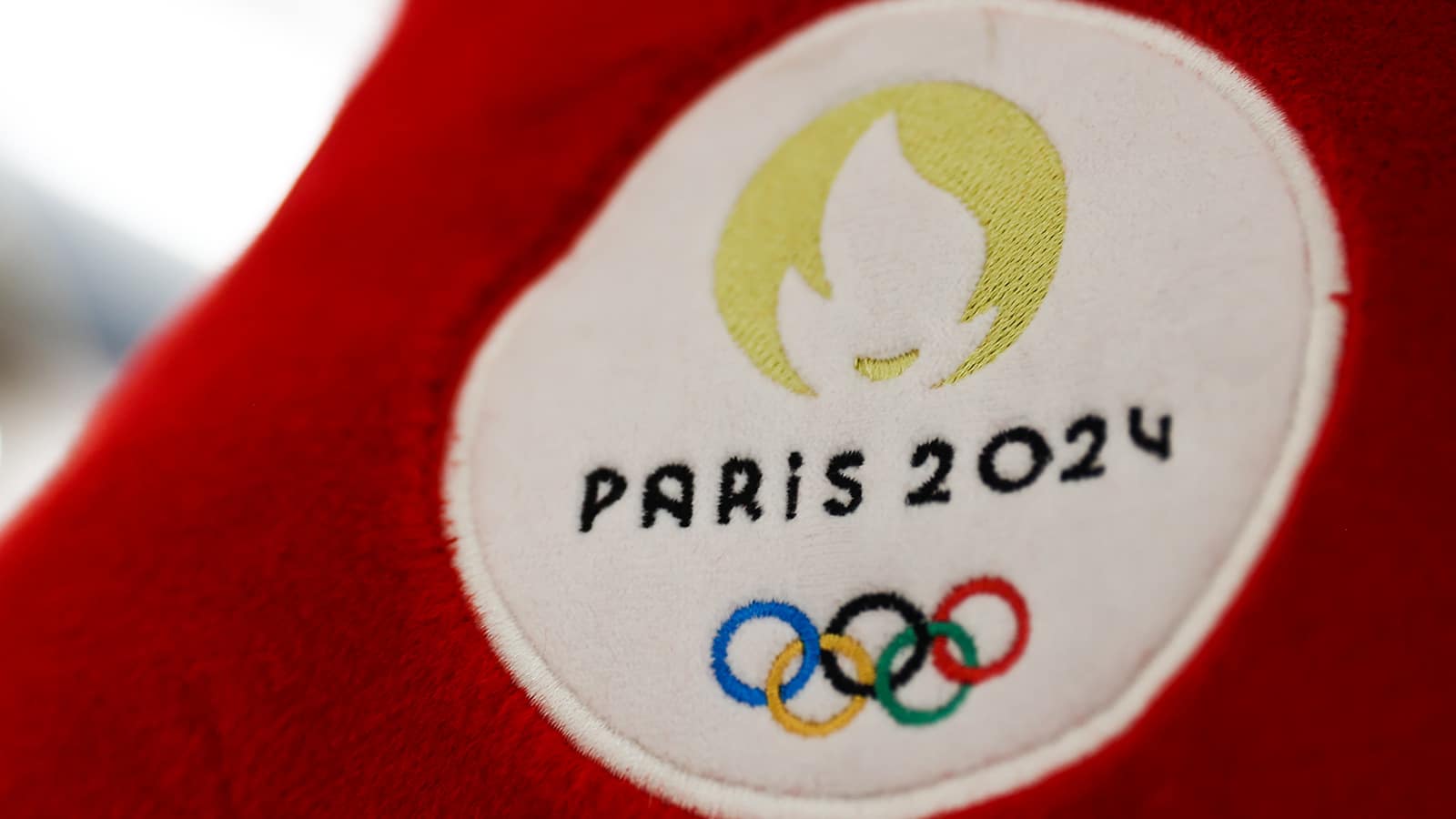
The Tragic Death of Olympic Sprinter Florence Griffith-Joyner
Shortly after Olympic hero Florence Griffith-Joyner died unexpectedly at the age of 38, Bill Clinton commented on the 1998 tradegy. “We were dazzled by her speed, humbled by her talent and captivated by her style,” he said.
Clinton could just as well have added that we were polarized by her accomplishments. She never failed a drug test. But Griffith-Joyner lived under suspicion that detracted from the two most magnificent weeks of sprinting in the history of women’s track and field.
Florence Griffith-Joyner showed potential far before the 1988 Olympics

One misconception about Florence Griffith-Joyner is that she came out of the blue in her electrifying 1988 season. In fact, she finished fourth in the 200 meters in the inaugural World Championships in Helsinki in 1983. She captured the silver medal the following summer at the LA Olympics, where future husband Al Joyner won the triple jump.
Flo-Jo faded from the track scene shortly afterward, working at a bank and designing clothes. But she returned for the 1987 World Championships and earned another silver medal in the 200 while also helping the U.S. 400 relay to the gold.
Still, Griffith-Joyner was a non-entity in the 100 meters almost right up to the 1988 U.S. Olympic Track and Field Trials, held in the scorching heat in Indianapolis. She was timed in 10.99 seconds — good but not great — during a summer meet in Santa Monica, California. A week later, she turned the track and field world on its head.
Flo-Jo dominated in 1988
The format of the U.S. Trials is set up to closely match the schedule competitors will face at the Olympics. With sprints, athletes qualifying for Seoul faced two rounds a day on two consecutive days. But once Florence Griffith-Joyner posted 10.49 seconds in the second round of the 100 meters on July 16, 1988, they might as well have canceled the next day’s races.
The 10.49 clocking has always been controversial. The wind gauge showed an improbable 0.0 meters per second. So the suspicion has always been that the performance was wind-aided. Still, 10.49 was the kind of time that required a hurricane-force tailwind for anyone but Flo-Jo.
Her time in the final the next day was 10.61, which would be the current world record if not for her 10.49 in the quarterfinals. The 200 meters a few days later was more of the same. Griffith-Joyner pounded out four sub-22 efforts to qualify for Seoul.
Unsupported speculation already existed that Griffith-Joyner was using performance-enhancing substances. At the same time, though, she was being lauded for her fashion on and off the track right down to her long and perfectly maintained fingernails, and Flo-Jo was polished in the interview room.
When the track competition at the Seoul Olympics began in late September, she found yet another gear. Her 10.70 in the semifinals and 10.54 in the final of the 100 meters were both wind-aided, making the otherwise outlandish times more plausible. Four days later, though, she twice blew up the world record in the 200 meters, lowering the mark to 21.34 to waltz to the gold medal.
Great victories but a tragic ending for Florence Griffith-Joyner
The suspicions resurfaced about the possible use of PEDs, but Florence Griffith-Joyner had two important plusses on her side in Seoul: All of her testing samples came back clean, according to The New York Times. But men’s 100-meter champ Ben Johnson’s urine tested positive for the steroid stanozolol. The disgraced Canadian sprinter became the story of the rest of the meet, deflecting potential criticism away from Flo-Jo.
Flo-Jo left Seoul with four medals, including a gold and a silver in relays, reports The Guardian. But she was not able to cash in on endorsements the way a triple gold medalist could’ve previously expected. Suspicions that Johnson might not have been the only cheater — in a sport that already had a reputation for PEDs — limited endorsements at home for a number of stars, including Carl Lewis.
Citing lucrative promotional opportunities in Japan and a desire to start a family, Griffith-Joyner retired from track and field in February 1989. She flirted briefly with comebacks a few times in subsequent years. However, Flo-Jo mostly stayed out of the spotlight other than a few small acting roles. She gave birth to a daughter in November 1990.
An allegation by former teammate Darrell Robinson in 1989 that Flo-Jo had used Human Growth Hormone was widely reported but never collaborated. Robinson made claims about steroids use by other high-profile athletes, none of whom were known to have tested positive.
On Sept. 21, 1998, Griffith-Joyner died in her sleep in Mission Viejo, California, at the age of 38. The Orange County Coroner’s Office ruled the cause of death to be suffocation during an epileptic seizure. The autopsy uncovered a congenital vascular brain abnormality believed to be connected to seizures she began experiencing in 1990.



